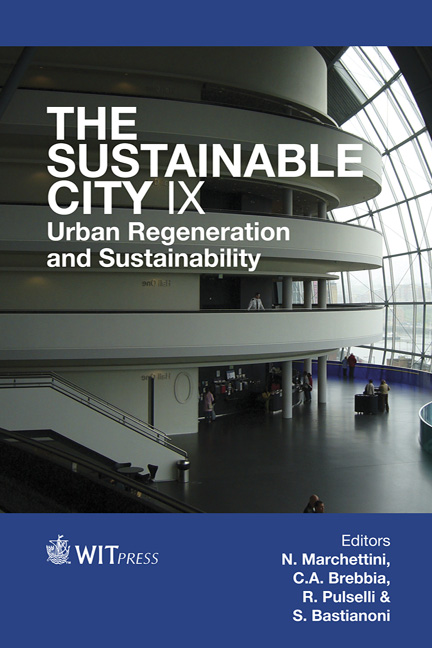Ecodesign Directive For Residential Wood Combustion Appliances: Impacts And Emission Reduction Potential In Finland
Price
Free (open access)
Transaction
Volume
191
Pages
12
Page Range
1493 - 1504
Published
2014
Size
304 kb
Paper DOI
10.2495/SC141262
Copyright
WIT Press
Author(s)
M. Savolahti, N. Karvosenoja, K. Kupiainen
Abstract
A new EU clean air strategy is being prepared and proposals for emission reduction commitments for each member state have been announced. The list of pollutants in the revised NEC directive now includes fine particles (PM2.5) and also black carbon is mentioned, although without tangible ambition levels for emission cuts. For the above emissions, residential wood combustion (RWC) is the major source that is not currently regulated by EU level legislation and also national legislation is scarce. The proposed Ecodesign directive for small-scale wood combustion appliances is designed to address the issue. This study estimates the impacts of such legislation to the Finnish appliance stock and for reducing national RWC emissions by the year 2030. Ecodesign will only affect new appliances on the market and due to the long lifetime of commonly used stoves in Finland, there is a notable lag between the legislation entering into force and achieving visible results in emission reduction. In a studied baseline scenario, the implementation of Ecodesign from the start of 2022 will produce 6% reductions to PM2.5 emissions and 4% reductions to black carbon emissions. Although it is a step in the right direction, it takes a long time for the legislation to have notable effects on emissions, and it also doesn’t address the single most important appliance type in Finland –sauna stoves. This means that additional measures are needed to reduce emissions in this sector.
Keywords
residential wood combustion, Ecodesign, particulate emissions, black carbon, solid fuel space heaters, boilers, emission reduction





